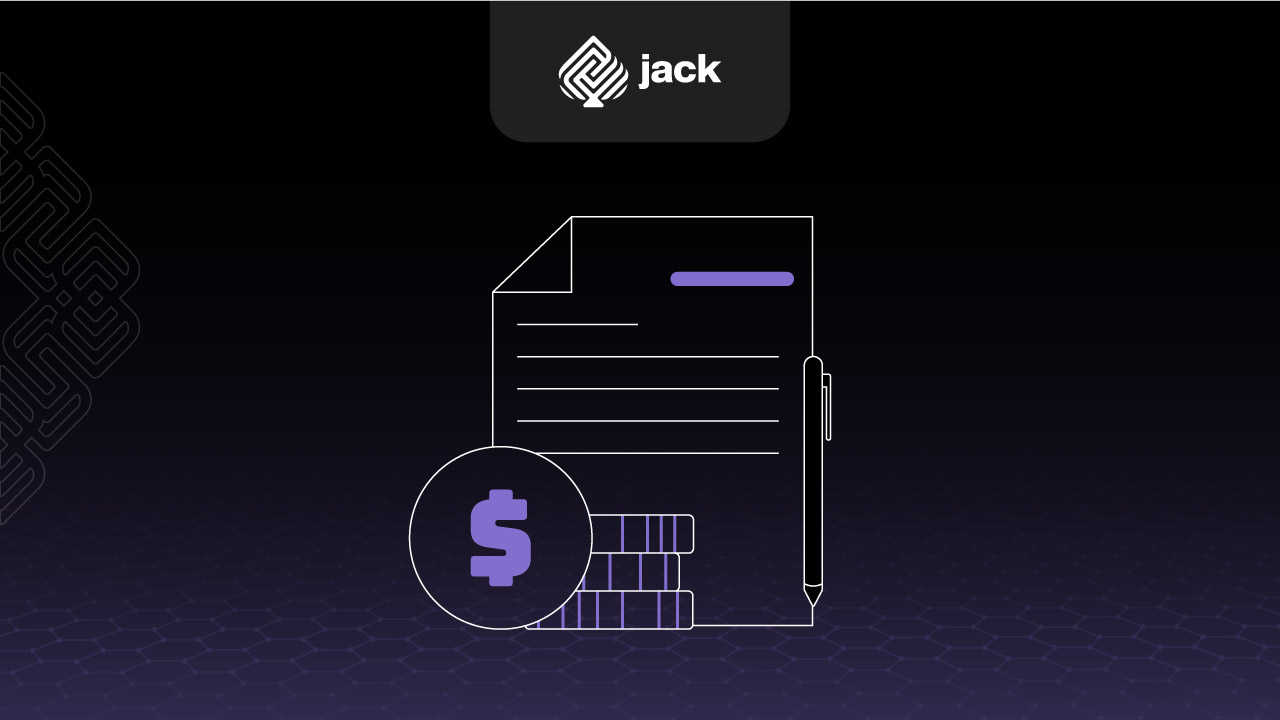As a leader, one of the greatest challenges you face is the uncertainty inherent in projects and business management. Risks, such as market fluctuations, regulatory changes, or internal instability, can significantly impact project life cycles and company goals. Without an effective risk management process, these risks could jeopardize your organization’s success and continuity.
Also Read: Easier, Automatic, and Real-Time Transactions with API Disbursement
The Importance of Risk Management for Companies
Risk management is an essential tool for identifying and managing the risks present in any project or organization. It goes beyond just avoiding major losses; it’s also about uncovering hidden opportunities amid business uncertainties.
Frameworks such as ISO 31000 offer a systematic approach that can be integrated into project planning and company policies. By adopting such an approach, your business can manage risks more efficiently and achieve better outcomes.
Steps in an Effective Risk Management Process

1. Establishing Context
Every decision in the risk management process begins with establishing a clear context. Without a proper understanding of both internal and external factors affecting your company, identifying and managing risks becomes difficult. This stage should define:
- What are the company’s short-term and long-term goals?
- What factors influence goal achievement, such as technological changes, regulations, or market competition?
- Who are the stakeholders affected by your decisions inside and outside the organization?
Accurate context identification enables better-targeted risk management measures.
2. Risk Assessment
Once the context is set, the next step involves a comprehensive risk assessment comprising three key stages: identification, analysis, and evaluation.
Risk Identification
This stage focuses on identifying risks that could hinder project objectives. Risks can arise from various sources, such as market fluctuations or operational errors. Identifying all potential risks helps create more effective mitigation strategies.
Risk Analysis
After identifying the risks, companies need to analyze the likelihood of each risk and its impact. This process helps prioritize which risks require immediate attention to safeguard the project’s progress and company objectives.
Risk Evaluation
During evaluation, companies determine whether a risk is acceptable or requires mitigation. Organizations often use specific criteria to assess whether risks should be accepted, avoided, or addressed. Risk evaluation ensures that decisions align with the company’s risk tolerance.
3. Risk Mitigation Strategies
Once risks are evaluated, it’s time to plan mitigation actions. There are several approaches to handling risks:
- Avoiding Risks:
If a risk is deemed too severe, companies can adjust plans or strategies to avoid it. For instance, delaying market expansion may be wise if regulatory changes pose significant risks. - Reducing Risks:
When risks cannot be avoided, reducing their impact is the next step. This may involve increased oversight or routine audits to ensure everything goes according to plan. - Transferring Risks:
Risks can be transferred to third parties, such as purchasing insurance to reduce financial exposure from fires or natural disasters. - Accepting Risks:
In cases where risks cannot be avoided or reduced, companies may choose to accept them and prepare contingency measures if they occur.
The right mitigation approach depends on the level of risk and specific project or business circumstances.
4. Monitoring and Review
After mitigation strategies are implemented, ongoing monitoring and reviews are essential. The risk management process is dynamic, and existing risks may evolve over time due to internal changes or external factors.
For example, after installing fire prevention systems in a factory, project and risk management teams must regularly check if the system works correctly and whether any new risks have emerged. Continuous monitoring ensures the risk management process stays up-to-date.
Applying ISO 31000:2018 for Risk Management

ISO 31000:2018 provides comprehensive guidelines on effective risk management practices. Its approach enables companies to handle risks in a more organized manner.
The implementation can take two approaches: top-down and bottom-up.
- The top-down approach starts with senior management setting risk management policies.
- The bottom-up approach involves contributions from all team members in identifying and managing risks.
A combination of both approaches ensures that project and risk management become integral to company culture, enabling organizations to respond swiftly and efficiently to emerging risks.
Use Jack for your business needs
Risk management is not just about avoiding losses, it’s about making smarter decisions and leveraging opportunities. By adopting effective risk management principles and the ISO 31000:2018 standard, your company will be better equipped to face uncertainties, reduce risk impacts, and maximize growth potential.
Don’t let risks hinder your company’s progress. Start implementing a structured risk management process and make it an integral part of your business strategy today. If you haven’t started, now is the perfect time to take that first step.






